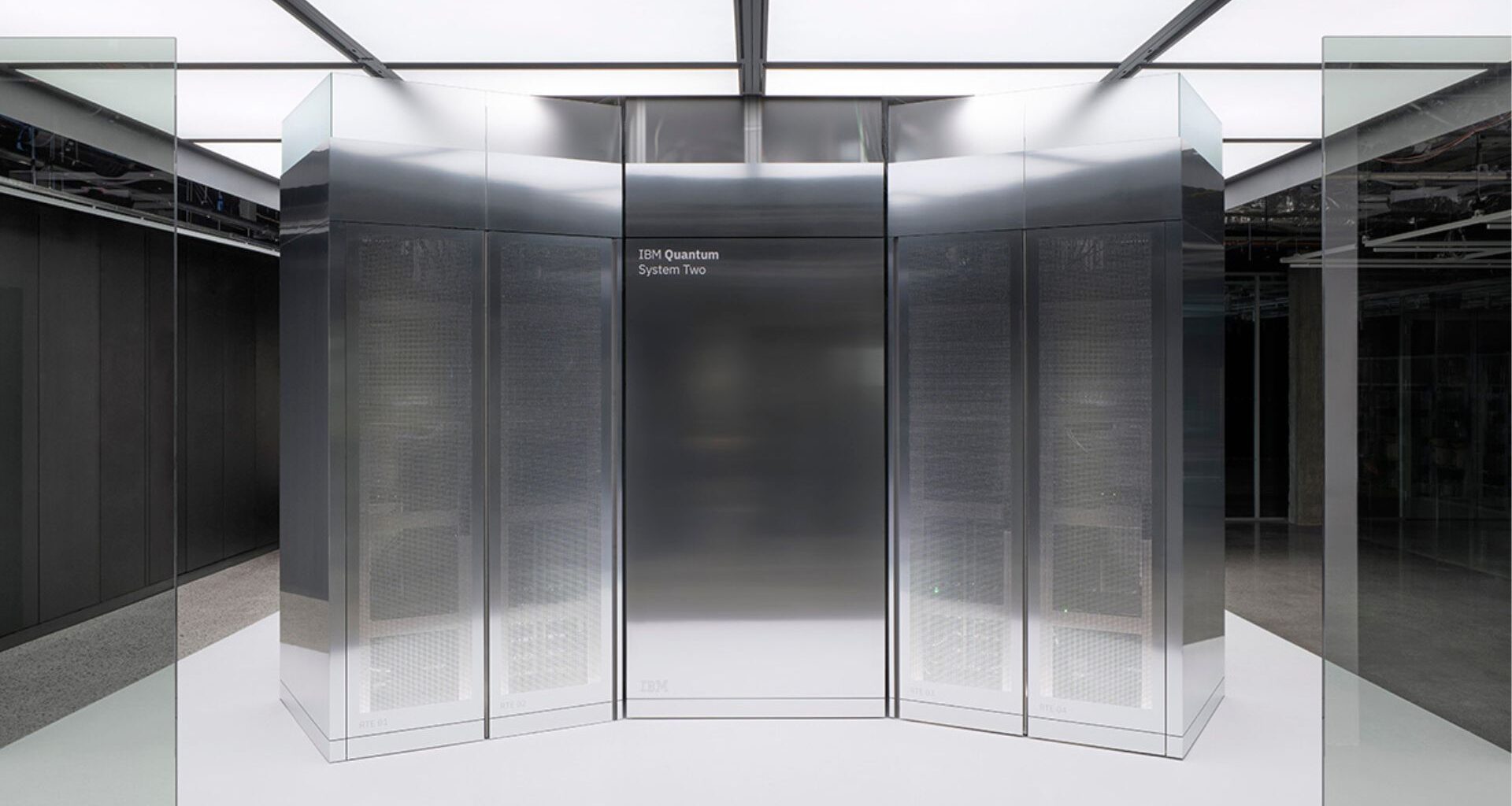Tech giants IBM and AMD are teaming up to build the next generation of computing, planning to combine quantum computers with high-performance computing, creating quantum-centric supercomputing.
In partnership, the two companies plan to develop open, scalable platforms that could transform how the world thinks about computing.
IBM brings expertise in building some of the world’s most powerful quantum computers and software, while AMD adds its strengths in high-performance chips and AI accelerators.
How are supercomputers different?
Unlike normal computers, which use either zero or one bits, quantum computers use qubits. Qubits follow the rules of quantum physics, which lets them represent and process information in richer ways.
This makes quantum computers capable of tackling extremely complex problems beyond the reach of traditional computers.
“Quantum computing will simulate the natural world and represent information in an entirely new way,” said Arvind Krishna, Chairman and CEO, IBM.
“By exploring how quantum computers from IBM and the advanced high-performance compute technologies of AMD can work together, we will build a powerful hybrid model that pushes past the limits of traditional computing,” he continued.
“High-performance computing is the foundation for solving the world’s most important challenges,” said Dr. Lisa Su, Chair and CEO of AMD.
“As we partner with IBM to explore the convergence of high-performance computing and quantum technologies, we see tremendous opportunities to accelerate discovery and innovation,” she added.
More about quantum-centric supercomputing
In a quantum-centric supercomputing architecture, quantum computers work alongside powerful high-performance computing and AI systems powered by CPUs, GPUs, and other advanced chips.
This hybrid approach allows each part of a problem to be solved by the technology best suited for it. For instance, future quantum computers could simulate the behavior of atoms and molecules, while classical supercomputers with AI could manage large-scale data analysis.
Working together, these technologies could solve real-world challenges faster and at a greater scale.
IBM and AMD are now exploring ways to connect AMD’s CPUs, GPUs, and FPGAs with IBM’s quantum systems. This combination could speed up a new wave of algorithms neither technology can handle.
The effort also supports IBM’s goal of creating fault-tolerant quantum computers by the decade’s end. AMD’s chips may be critical in providing real-time error correction—an essential step toward making quantum computing reliable.
The first demonstration
The initial demonstration will be held later this year to showcase how IBM quantum computers can work with AMD technologies to deploy hybrid quantum-classical workflows.
The companies also plan to explore how open-source ecosystems, such as Qiskit, could catalyze the development and adoption of new algorithms that leverage quantum-centric supercomputing.
The companies will explore how open-source ecosystems like Qiskit could catalyze developing and adopting new algorithms that leverage quantum-centric supercomputing.
Current initiatives
IBM is advancing quantum-classical integration, linking its modular quantum computer, the Quantum System Two, with the Fugaku supercomputer in partnership with RIKEN.
The company is also collaborating with partners such as the Cleveland Clinic and Lockheed Martin to solve difficult problems using quantum computers.
AMD powers Frontier and El Capitan, the world’s fastest supercomputers, and supports AI solutions worldwide with its CPUs, GPUs, and open-source software.
The collaboration between IBM and AMD represents a shared effort to advance computing, quantum, and classical technologies in new and scalable ways.

